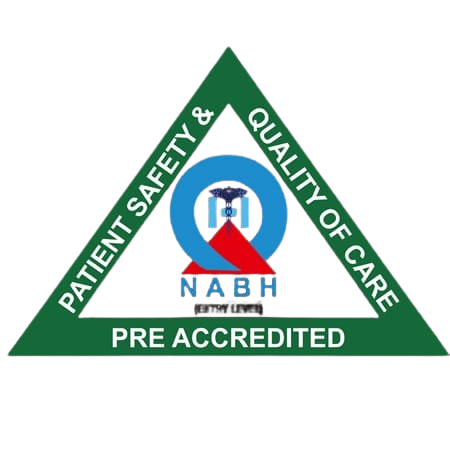Introduction
An abdominal ultrasound is a safe and painless test. Doctors use it to look inside your belly. This test helps find problems with organs like the liver, kidneys, or gallbladder. Because it uses sound waves, there is no radiation. Many people have questions about what to expect, how to prepare for abdominal ultrasound, and what the results mean. This guide will answer those questions and help you feel ready for your appointment.
What is an Abdominal Ultrasound?
An abdominal ultrasound is a medical test. It uses sound waves to create pictures of organs inside your belly. The test is quick and does not hurt. Doctors use it to check for swelling, stones, or other issues. Since it does not use X-rays, it is safe for most people, including children and pregnant women. According to the World Health Organization (WHO), ultrasound is a common and trusted way to look at organs inside the body.
Common Reasons for an Abdominal Ultrasound
Doctors may order an abdominal ultrasound for many reasons. For example, you may need this test if you have:
Belly pain or swelling
Unexplained weight loss
Yellowing of the skin (jaundice)
Blood in your urine
Kidney stones or gallstones
Liver or kidney disease
Follow-up after an injury
Sometimes, doctors use this test to check for tumors or cysts. They may also use it to guide a needle during a biopsy.
How to Prepare for the Procedure
Proper preparation helps get clear pictures during your abdominal ultrasound procedure. Your doctor will give you instructions, but here are some common steps:
Do not eat or drink for 8 to 12 hours before the test. Food and drink can block the view of your organs.
Take your regular medicines with a small sip of water, unless your doctor says otherwise.
Wear loose, comfortable clothing. You may need to change into a gown.
Arrive on time for your appointment.
If you have diabetes or take special medicines, ask your doctor how to prepare for abdominal ultrasound. Always follow your healthcare provider’s advice.
What Happens During the Test?
During the abdominal ultrasound procedure, you will lie on your back on a table. First, a technician will put a warm gel on your belly. This gel helps the sound waves travel better. Next, the technician moves a small device, called a transducer, over your skin. You may feel slight pressure, but it should not hurt. The test usually takes 30 minutes or less. After the test, you can wipe off the gel and go home right away.
Benefits and Limitations
Abdominal ultrasound offers many benefits. For instance, it is:
Safe and painless
Free from radiation
Quick and easy
Helpful for many health problems
However, there are some limitations. Sometimes, gas in your belly can block the view. Also, it may not show very small problems. In some cases, your doctor may order other tests for more details.
Understanding Your Results
After your abdominal ultrasound, a doctor will look at the pictures. They will check for any signs of disease, swelling, or stones. Sometimes, results are ready the same day. Other times, you may wait a few days. Your doctor will explain what the results mean. If the test finds a problem, you may need more tests or treatment. Always ask your doctor if you have questions about your abdominal ultrasound results.
Frequently Asked Questions
Is the test painful? No, it is not painful. You may feel gentle pressure.
Can I eat before the test? Usually, you should not eat or drink for 8 to 12 hours before the test.
How long does it take? The test usually takes less than 30 minutes.
Is it safe for children and pregnant women? Yes, because it does not use radiation.
When will I get my results? Sometimes, you get results the same day. Other times, it may take a few days.
Conclusion and Next Steps
In summary, an abdominal ultrasound is a safe and helpful test. It can find many problems inside your belly. With the right preparation, the test is quick and easy. If you have questions about your results or the procedure, talk to your doctor. Consult a healthcare provider for personalized advice about abdominal ultrasounds.


